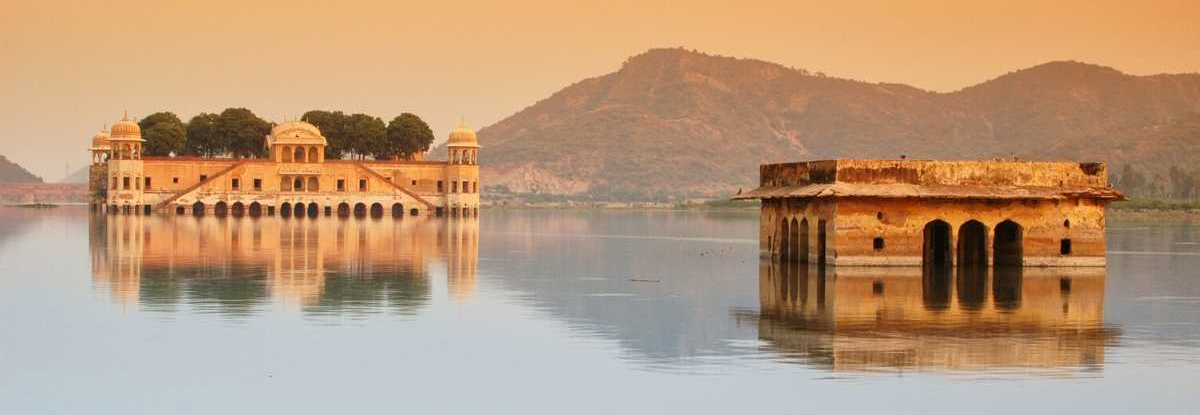Jal Mahal – A floating pleasure paradise!
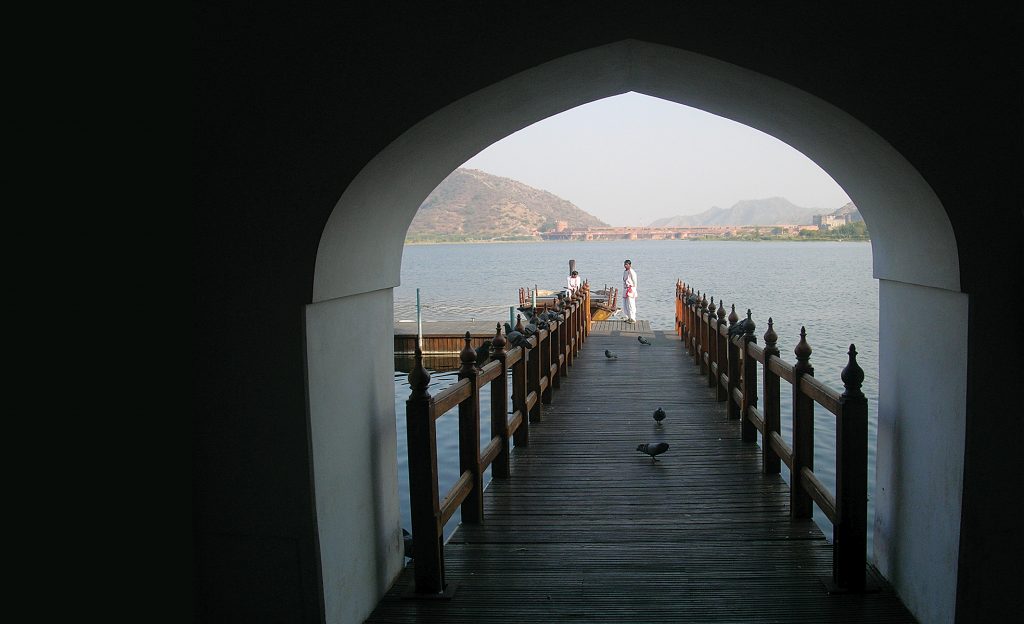
On the way to Amer fort on the outskirts of Jaipur, floats the Jal Mahal palace in the middle of the Man Sagar Lake. Surrounded by the Aravalli hills on the north, west and eastern side, this unique palace was a hideaway and a pleasure garden meant for the exclusive pleasure of royal princes escorting their favourite queens and concubines.
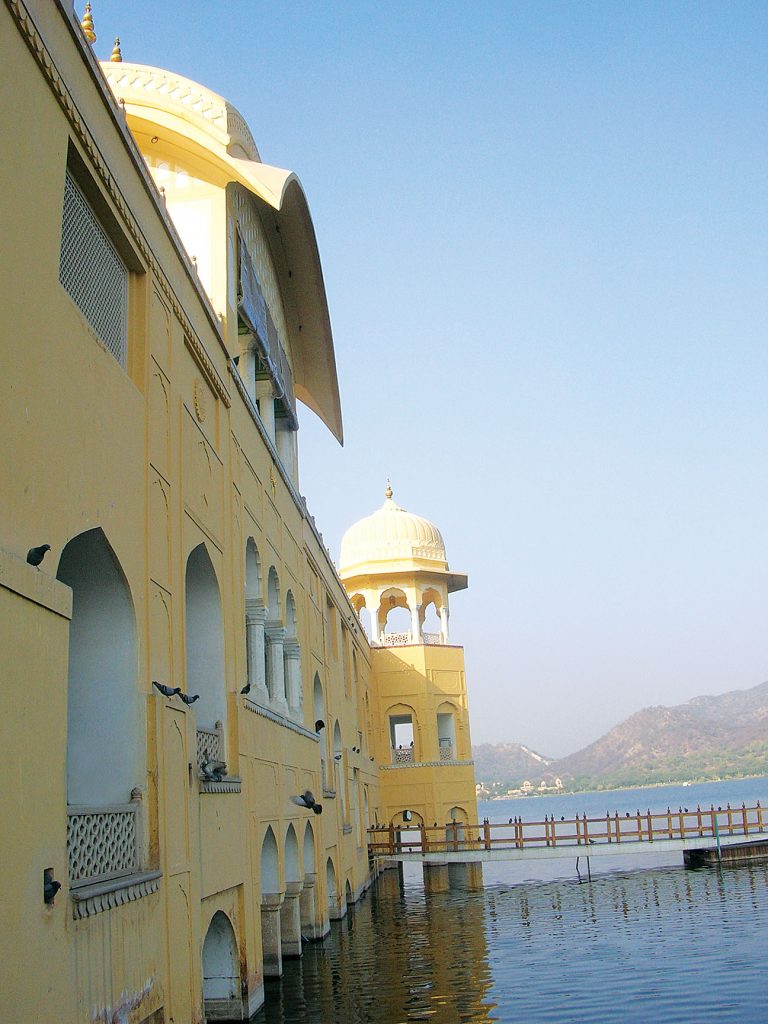
The lake was created by constructing a dam across the Darbhawati River, between Khilagarh hills and hilly areas of Nahargarh, in the 16th century. In the past, at the location of the lake, therewas a natural depression where water used to accumulate. During 1596 AD, when there was a severe famine in this region there was consequently acute shortage of water.
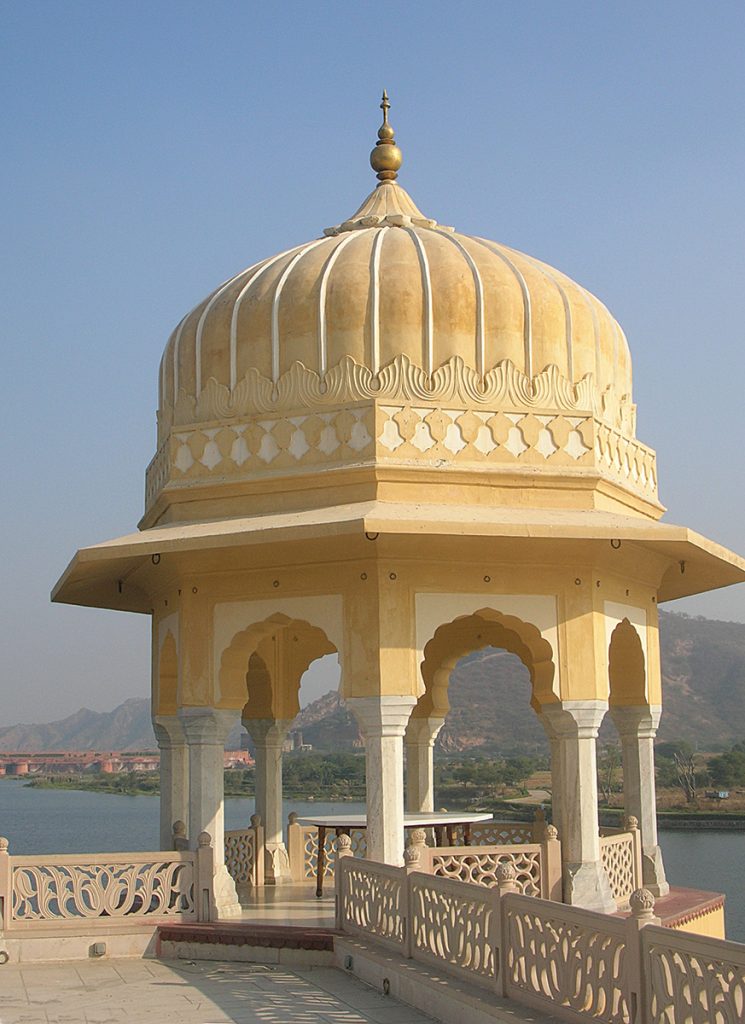
The then ruler of Amer was, therefore, motivated to build a dam to store water to overcome the severe hardships caused by the famine to the people inhabiting the region. A dam was constructed, initially using earth and quartzite, across the eastern valley between Amer hills and Amagarh hills. The dam was later converted into a stone masonry structure in the 17th century.
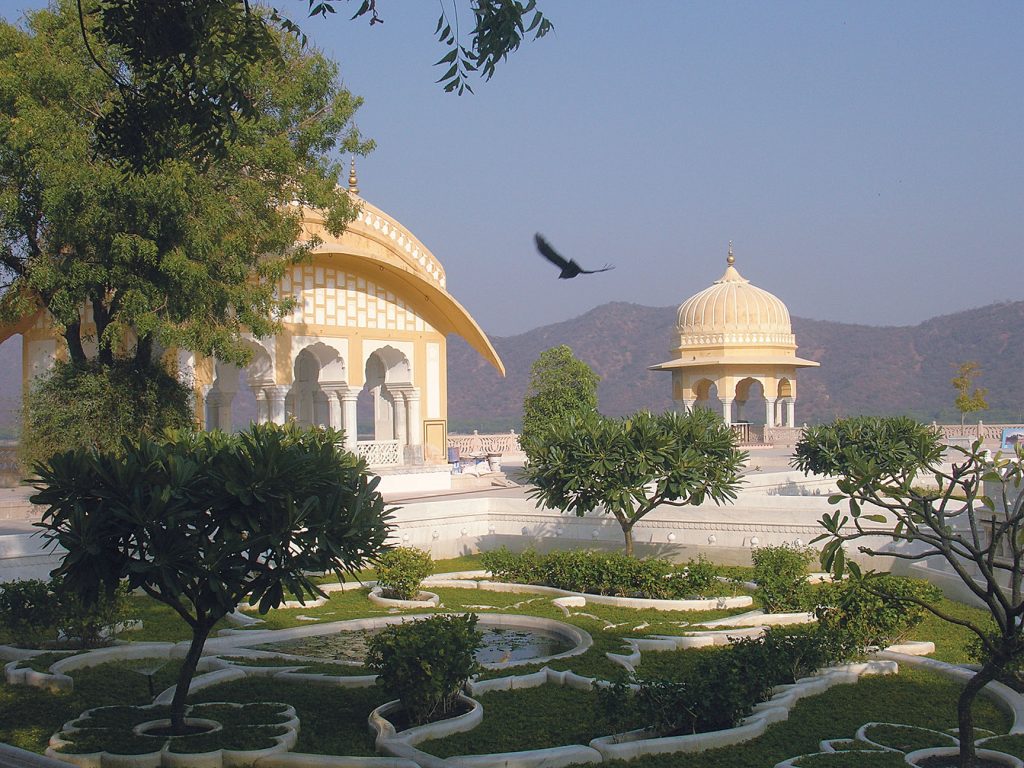
Today, the Jal Mahal palace is considered as an architectural beauty built in the Rajput and Mughal styles of architecture, so common in Rajasthan. It provides a picturesque view of the lake and the surrounding Nahargarh hills where tigers still reside. The palace, built in red sandstone, is a five storied building, out of which fourfloors remain under water when the lake is full and only the top floor is exposed.
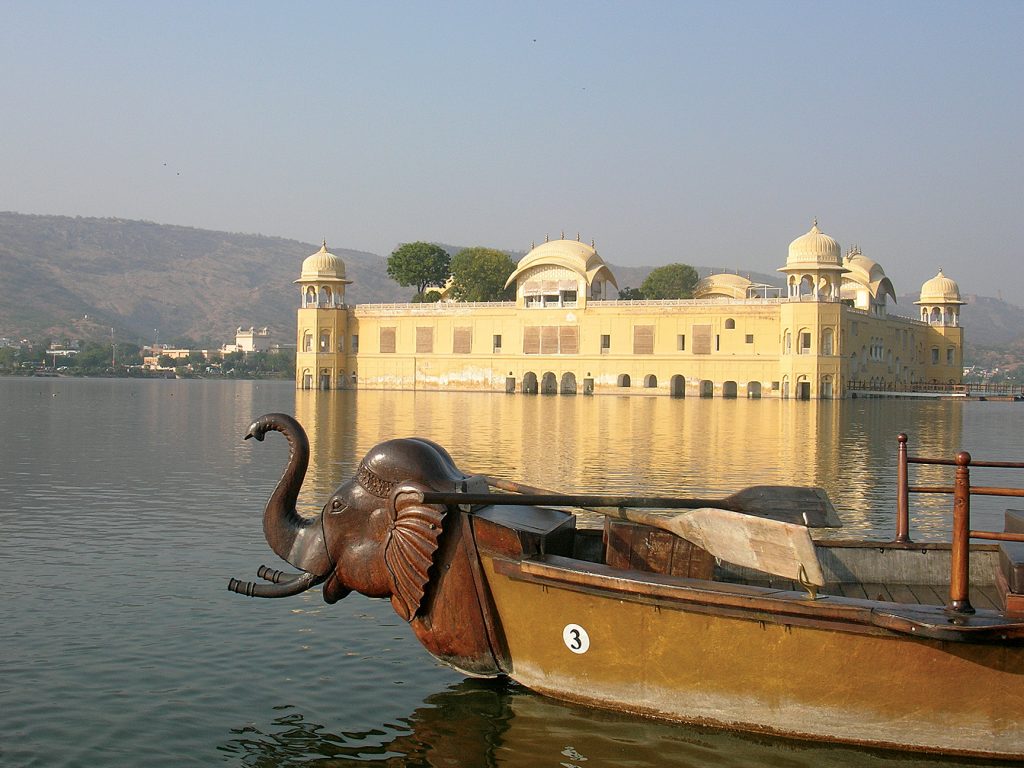
Jal Mahal palace has recently got an eye-popping makeover. Traditional boat-makers from Vrindavan have crafted the Rajput style wooden boats. A gentle splashing of oars on the clear lake waters takes you to Jal Mahal. You move past decorated hallways and chambers on the first floor to climb all the way up to the fragrant Chameli Bagh. The most remarkable change is in the lake itself. The drains were diverted and two million tonnes of toxic silt were dredged from the bottom, increasing its depth by over a metre. Simultaneously, a water treatment system was developed, local vegetation and fish reintroduced, the surrounding wetlands regenerated and five nesting islands created to attract migratory birds.
Today Jal Mahal is as beautiful as a new bride!

